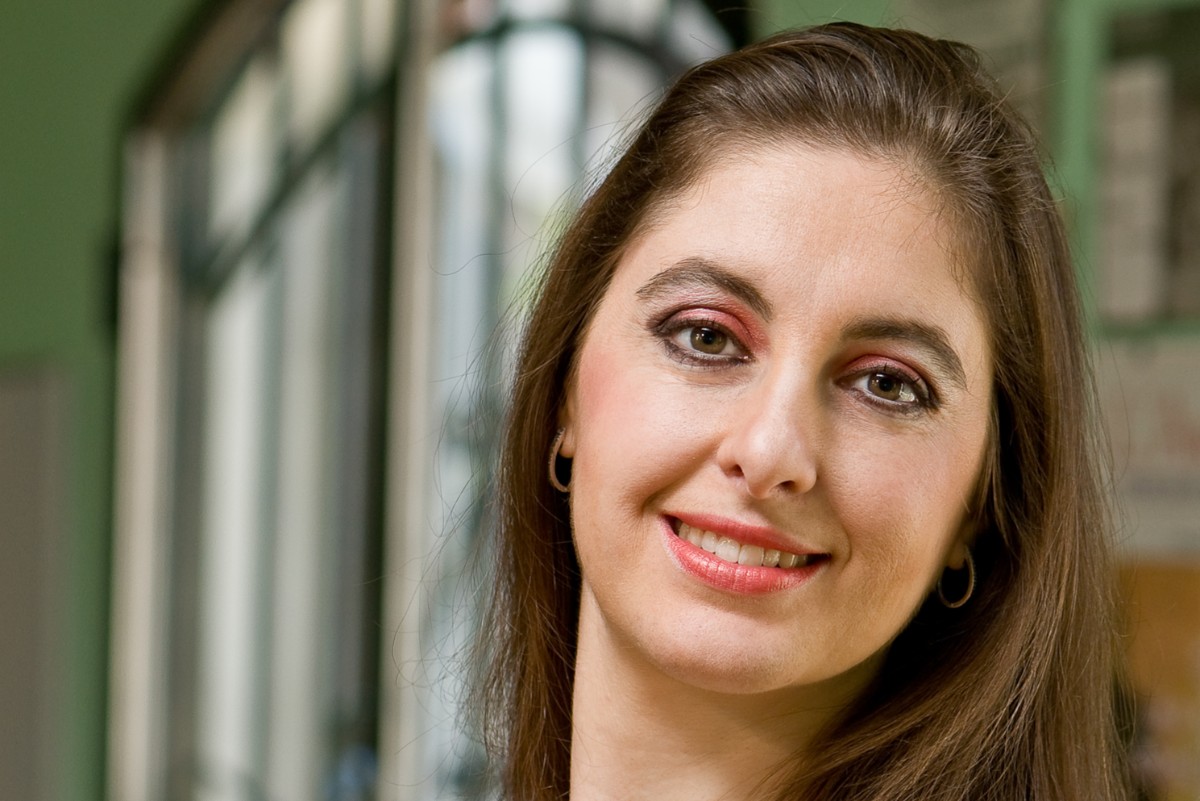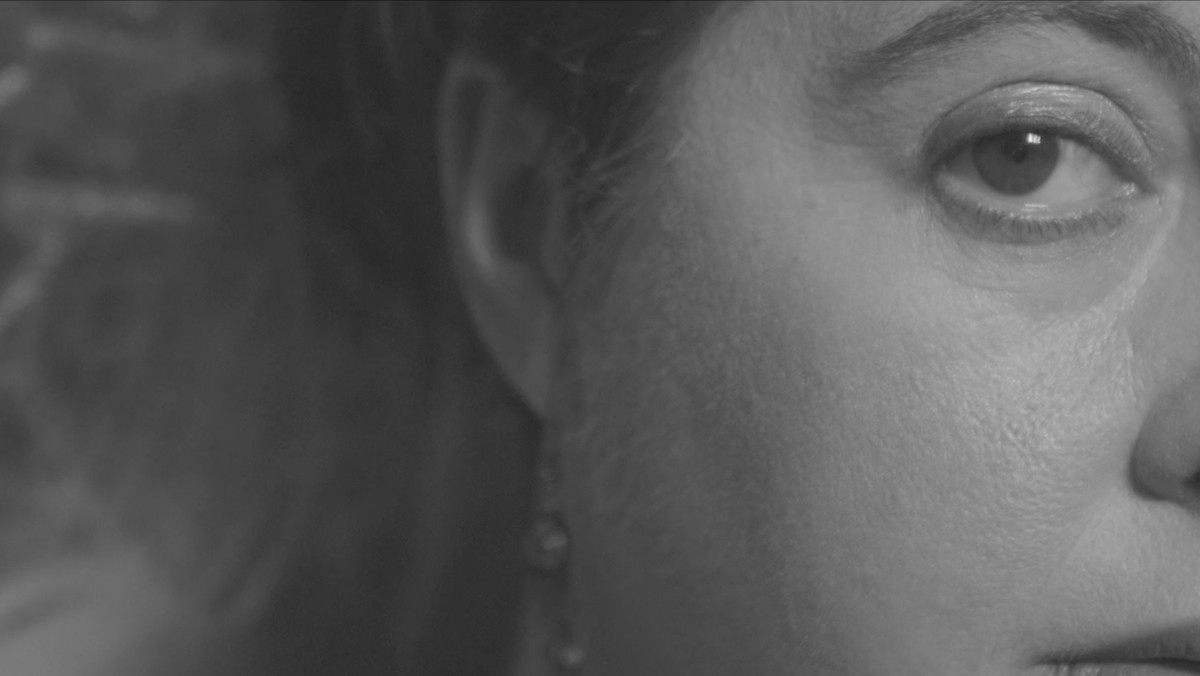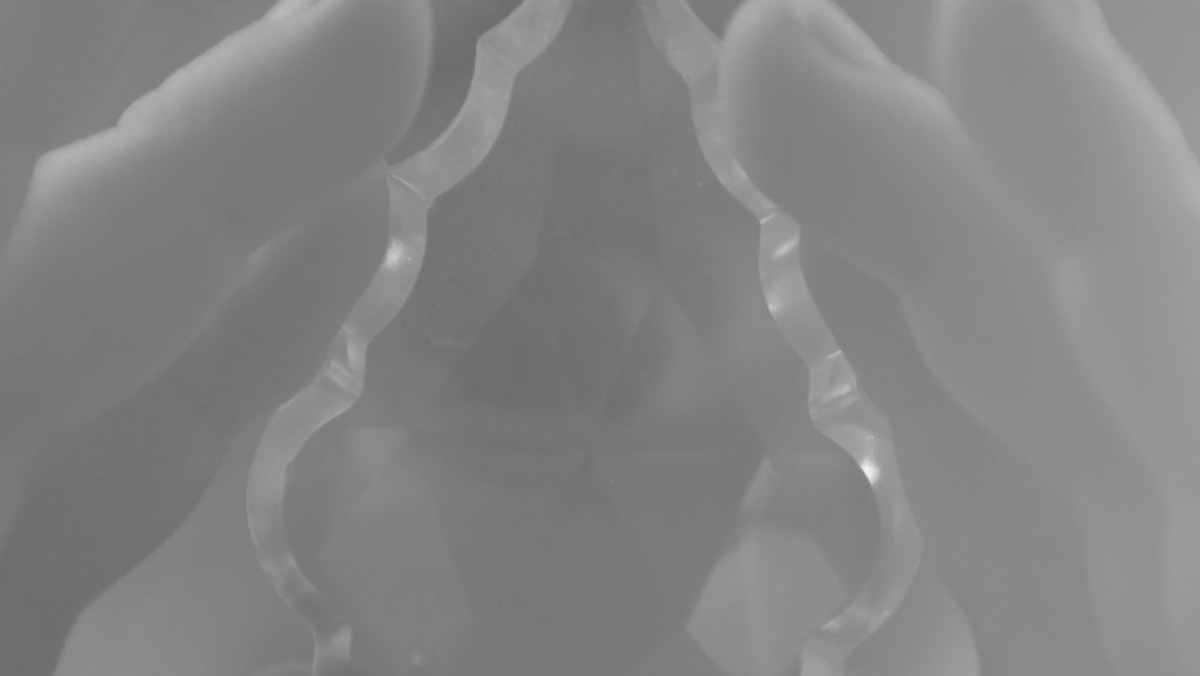
A Case Study
Narrative | Dramatic Features
Film Name: No More Beautiful Dances
Genre: Experimental
Date: December 2018
Director: Anabella Lenzu
Producer: Anabella Lenzu
Writer: Anabella Lenzu
Cinematographer: Angelo Vasta
Production Company: Anabella Lenzu/DanceDrama
Budget: $2,500
Financing: Kickstarter, Private donors
Acting Coach & Voice Coach: Daniel Pettrow
Technology Adviser: Todd Carroll
World Premiere: NA
Awards:
– Best Dance Film “No more beautiful dances” at NYC Downtown Short Film Festival, NYC (2018)
– Honorary Mention at the 7th Edition of the International Screendance Festival
– Movimiento en Movimiento, DF, Mexico (2018)Website: www.anabellalenzu.com/dance-films
Festivals
2021: 5th annual New Ohio Theatre NYC Indie Theatre Film Festival, NYC
2020: Multiplié Dance Film 2020! Minimalen Short Film Festival Trondheim, Sør-Trøndelag, Norway; 2020 FilmFest by Rogue Dancer: Black & White Edition, NC, USA; DisDanceFilm Fest, USA.
2019: DANCE SHORTS at Plaxall Gallery in Long Island City, NY, IDACO Festival at The Sheen Center, NYC, Dance Film Showing at EnCore: Dance on Film Decatur, Atlanta, GA, Every Woman Biennial Film Festival at Chashama, NYC, EnCore: Dance on Film, Houston, TX, London International Screen Dance Festival at Laban Theatre, London, England, Festival Internacional de Videodanzaba at Centro Cultural San Martin, Buenos Aires, Argentina, TDP’19 International Dance Festival at Tipperary, Ireland, RIFF FOURTH EDITION, at R.E.D., Vestre Toten, Norway.
2018: ScreenDance Festival Movimiento en Movimiento #7, Mexico City, The Dance Barn ScreenDANCE Festival in Battle Lake, MN, ADF’s Movies by Movers, Duke University and Appalachian State University, NC, Dance on Screen Festival, Graz, Switzerland, “Dance on Film” Sarah Lawrence College- Bronxville, NY, “Dance on Film” Austin Dance Festival – Austin, TX, 2018 Dance Film Festival at Triskelion Arts, Brooklyn, InShadow– Lisbon Screendance Festival, Lisboa, Portugal, NYC Downtown Short Film Festival, NYC, NY
The Official Trailer for “No more beautiful dances” a dance film by Anabella Lenzu
indieactivity: Tell us about “who you are”?
Anabella Lenzu (AL): I am an Argentinean a dancer, choreographer, writer and teacher with over 30 years experience working in Argentina, Chile, Italy, and the USA. My work reflects my experience as a Latina/European artist living in New York and comes from a deep examination of my motivations as a woman, mother, and immigrant.
Introduce your film?
Anabella Lenzu (AL): “No more beautiful dances” wrestles with the ideas of exploration, introspection and reframing a woman after becoming a mother, and being an immigrant. Lenzu’s dance-theater piece uses spoken word and drawings to tell a personal vision of femininity, and what it means to be a woman today.
Tell us why you chose to write, produce, direct, shoot, cut/edit the movie? Was it financial, chance or no-budget reason?
Anabella Lenzu (AL): Identity is a complicated and unclear concept that nonetheless plays a central role in ongoing debates in every subfield of political science (for example, debates about national, ethnic, gender, and state identities). The psychologist Erik Erikson did much to increase our understanding of the concept of identity with his work in the 1950’s (Fearon, 1999).
Dictionary definitions have not caught up, however, failing to capture the word’s current meanings in everyday and social science contexts. As we use it now, an identity refers to either (a) a social category, defined by membership rules and (alleged) characteristic attributes or expected behaviors, or (b) socially distinguishing features that a person takes a special pride in or views as unchangeable but socially consequential (or (a) and (b) at once) (Fearon, 1999). In the latter sense, identity is modern formulation of dignity, pride, or honor that implicitly links these to social categories. This statement differs from and is more concrete than standard glosses offered by political scientists; I argue in addition, that it allows us to better understand how identity can help explain political actions, and the meaning of claims such as when people say that identities are socially constructed. “Identity makes a suggestive connection between two important aspects of social and psychological reality,” (Fearon, 1999, p. 37).

I am not asking the question, “What does it mean to be human?” Instead, I am asking, “What does it mean to be this specific human called Anabella Lenzu?” Dancing the choreography myself, I will essentially perform this question in front of the audience. For me, art is a political act. I perceive dance both as a discipline and revolt. My body becomes my homeland, and movement is my mother tongue expressing these ideas. The context of my life shapes the work in powerful ways. Memory and spirituality, for example, are deeply entwined with my identity. As an artist, I consider myself a worker in service of art, and it is an individual’s power and self-knowledge that starts everything. One cannot take political action
Introduce your crew?
Anabella Lenzu (AL): Director, Choreographer and Dancer: Anabella Lenzu, Cinematographer & Editor: Angelo Vasta, Acting Director & Voice Coach: Daniel Pettrow, and Technology advisor: Todd Carroll.
What are your personal experiences putting on all these hats/responsibilities (simultaneously)? Tell us about story, writing, and production?
Anabella Lenzu (AL): This was my first Dance film, after being a Choreographer for stage for 30 years!
What is the source of the idea? How did the story develop from the idea? And how did the story evolve into a screenplay? Why do this story? Do you have a writing process?
Anabella Lenzu (AL): I use the body as a receptacle and messenger of the multiple realities that we are immersed in, and I use Art as a tool of examination of identity. Courage reveals intimacy. I frame impulses of freedom. My work bridges the gap between silence and speech, between nature and culture. The search for the essential drama is transparent, so that the audience is wholly involved in the transformative process. Both the dancer and the audience fuse in a psychological and emotional experience.

This Let’s talk pre-production: take us through a timeline of how you started and ended it?
AL: Editing the film was a fun experience. With Angelo Vasta we did 4 different drafts of the same film , until we find the last version.
What was your rehearsal process and period?
AL: The one women full-length work “No More Beautiful Dances” is a live dance show , commissioned and premiered in May 2018 at La Mama, as part of La Mama Moves Festival. The creative process of “No More Beautiful Dances” was invigorating and started in Fall of 2016.
No more beautiful dances wrestles with a woman’s exploration, introspection and reframing of herself after becoming a mother, as well as being an immigrant. This dance theater piece uses spoken word, music landscapes and video projections to tell a personal vision of femininity, and what it means to be a woman today.
This multi-media piece No more beautiful dances has been a forum for a great deal of experimentation, resulting in a move towards a hybrid form, combining dance, theater, and visual art. Experimentation is expensive and this hybrid form has been enriched and indeed made possible only by my collaboration with fellow artists. Not only have I been working with an acting/vocal coach, but also a costume designer and video designer who have been integral to the development of No more beautiful dances.
After a successful run live shows in NYC, I decided in Dec 2018 to created a 4 minutes dance film of the live show, to explore other media: Film.
You shot the film in days. How long were your days?
AL: We shot the film in two full days at my home and at a studio at School of Visual Arts. 2 full days. 7 hours per day!
What were the advantages and disadvantages in the way you worked?
AL: I started experimenting and creating dance films around 2018, mainly out of curiosity. While collaborating with Italian videographer Angelo Vasta and photographer Todd Carroll, who is also my husband, I discovered how to adapt, extract and see my choreographic material transform from 3D to 2D. I see it as an extension of my visual hobby in photography.
What was the experience like of working with a small shooting crew?
AL: Akin to film photographers who had to switch to digital cameras, choreographers don’t have much of a choice right now. You can’t survive without technology. I embrace the risk and the limitations because I love to create!. In the dance instructor’s Dance Composition-Choreography Online Mentorships Workshop, I encourage students to play without fear and judgment within the camera frame. I invite them to explore questions like: What is choreography? How do we read dance now? What is performance for you now during the pandemic?.
The film looks stunning. How did you get such a good look when shooting so fast?
AL: I am blessed to keep working, performing, and creating new dance films at home during this pandemic, and to get paid for my work, but video comes with pros and cons. I do miss listening to the audience while performing, and of course, I miss the applause! Nothing can supplant the live in-person experience, but I want to create an audacious and intimate dialogue about women’s roles, struggles, beliefs, memories, and realities in addition to creating more social awareness within a global community, so video is helping me to achieve that.
To me, the video camera is like a magnifying glass that allows the audience to see below the surface. I can examine details and nuances that I can’t in a live performance. Investigating how rhythms, patterns, textures, and points of view manifest on the screen is a wonder for me. My craft as a choreographer is not just about visuals, it is also about being aware of what experience I provide to the online audiences and what new ways or perceptions of dance theater I can explore.
My art is about celebration and criticism of socio-political and cultural barriers. It is a ceremony of awareness. So I use the camera to show vulnerability and expression on a big scale. I’ve found that during this pandemic, we are all sharing our vulnerability, our private spaces, and our art in a deeper way.
When did you form your production company – and what was the original motivation for its formation?
AL: Art is a political act, Dance is discipline and revolt, and My body is my country. Performance is a conduit for examining cultural identity through form and content, as well as relationships between people and society. Sharing my point of view of life with others is my duty and my pleasure. I investigate the interior logic of performance and the role of a dancer in our culture today, redefining the parameters of dance and theater. My works live inside and outside of the theatrical traditions and venues, as well as on the screen.
Where do you think your strengths lie as a filmmaker?
AL: My art is about celebration and criticism of socio-political and cultural barriers. It is a ceremony of awareness. I explore rituals to document intimacy and organize layers of character driven drama, and break apart quotidian social gestures. I am creating a living vocabulary of meaningful movement that springs directly from emotions with visceral strength. By using movement, spoken word, sounds, music, photographs, video projections, film, masks and props as tools, I create a dialogue to provoke a cathartic experience in the audience. The principle that drives my work is that Motion creates Emotion, and Emotion creates Motion.
I love to work and collaborate in an atmosphere of creativity, respect, responsibility, honesty, independence and freedom.
What else have you got in the works?
AL: What s coming next: Choreography for the Camera Workshop.
Tell us what you think of the Case Study for No More Beautiful Dances. What do you think of it? Let’s have your comments below and/or on Facebook or Instagram! Or join me on Twitter.
Follow Anabella Lenzu on Social Media
Website
Wikipedia
Facebook
Twitter
Instagram
YouTube
MORE STORIES FOR YOU









